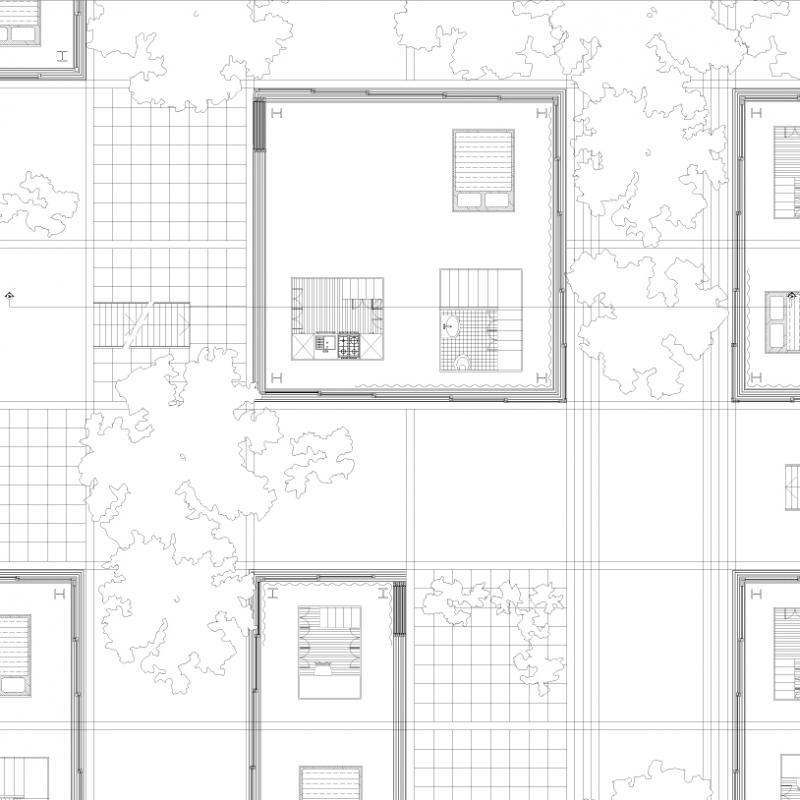Volker Bradke: Architecture Between the Generic and the Common
The principal objective of Diploma 14 is to understand the relationship between architectural form, political theory and urban history. At the centre of this relationship lies the project of architecture. This relationship is proposed not as a deterministic cause and effect between these bodies of knowledge, but as a strategic link to be constantly adjusted and empirically tested. Most importantly our work is firmly rooted in the practice of architecture, in its possibilities and in the legacy of its history. We must pass over anything that we cannot think or practise architecturally. Preliminary or a-posteriori ‘research’ cannot give a systematic answer that tells us how to make architecture, but only clues or arguments about why we make architecture.
This year the initial hypothesis of the unit was concerned with the merging of living and working within a ‘hybrid’ urban space. We have studied this phenomenon as the social and economic transformations of labour rather than viewing it sociologically or celebrating it as the advent of a ‘liquid society’. The unit turns to the generic, which refers to an undifferentiated common quality, prior to the individual, that is the fundamental spatial, formal and even existential attribute of the condition of labour. The politics of labour, its struggles and its organisation in relation to city-form is the crux of the unit’s research.
Throughout the year the projects have addressed architectural form in its ability to construct and represent the idea of common space. As a result the unit has focused on issues of architectural form, composition, syntax and materiality. The qualities of the resulting designs have emerged out of the sharpness of the argument, the immediacy of representation – projects expressed with few drawings – and the conviction of the idea. Only by engaging with form in its deepest, most elemental condition is it possible to trace architecture’s political motivation.
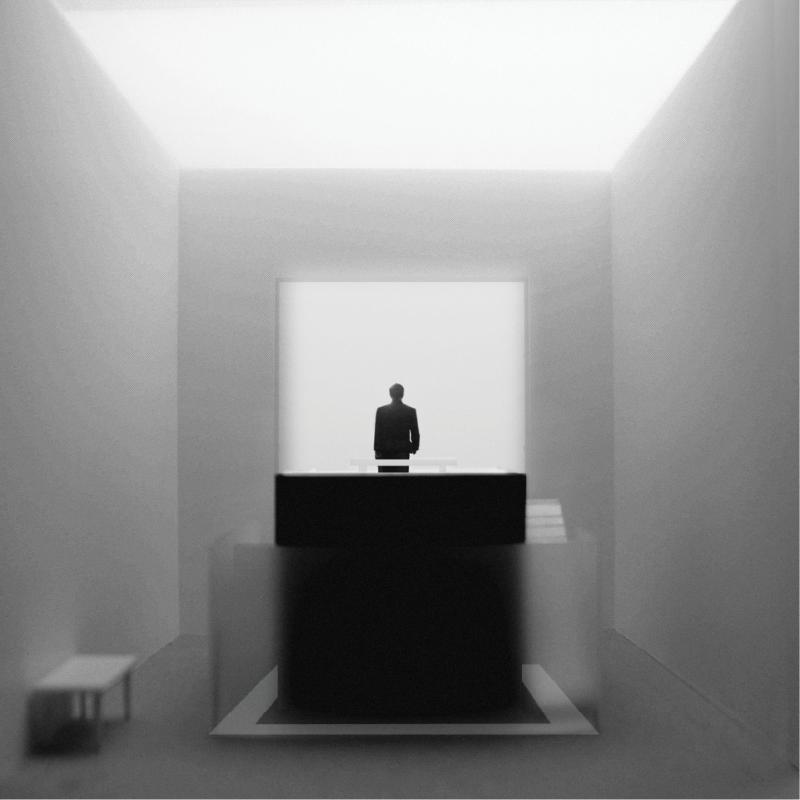
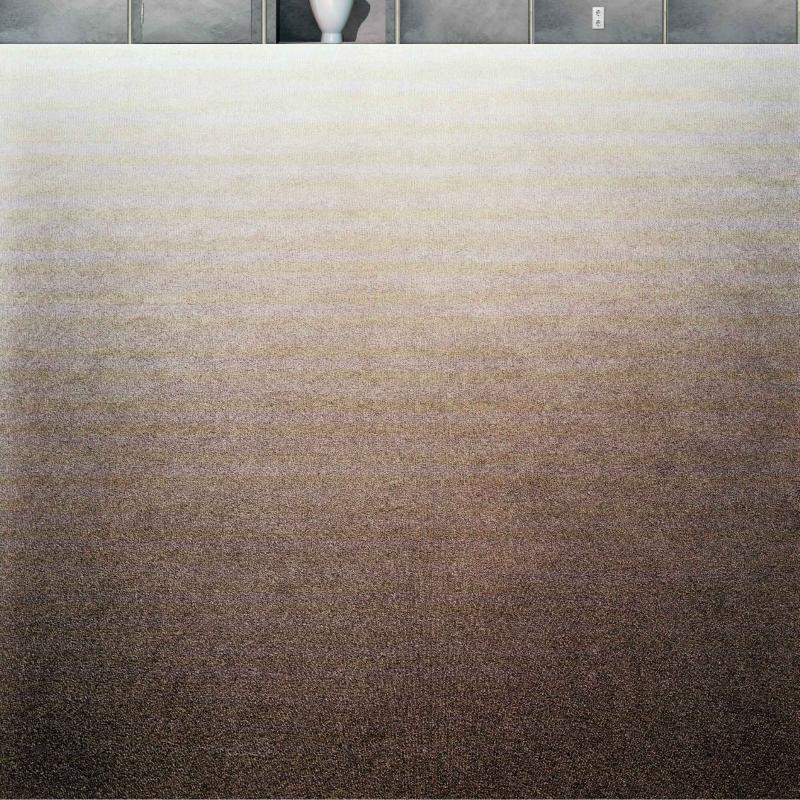
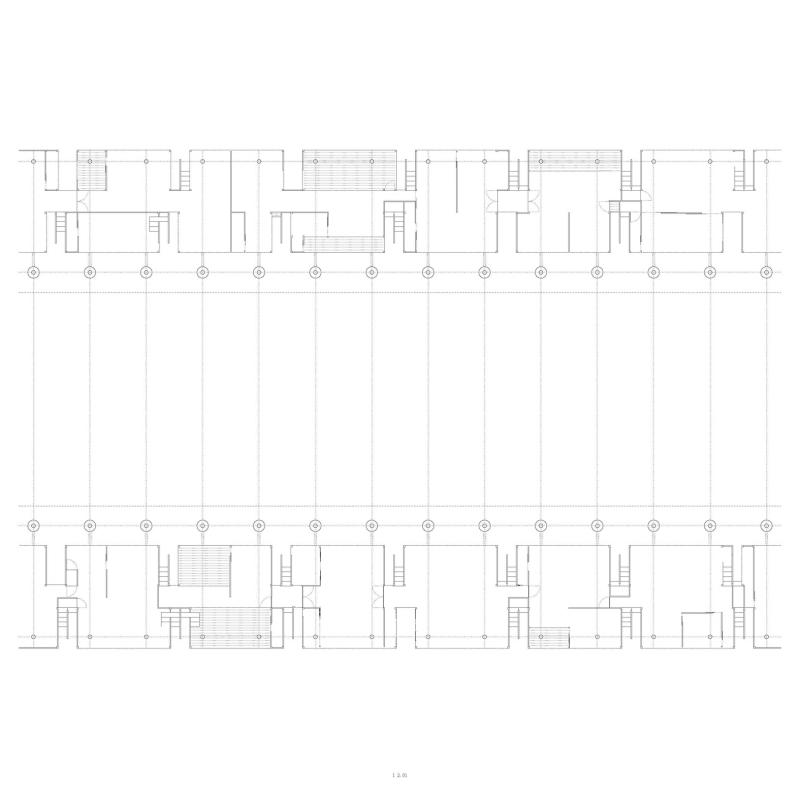
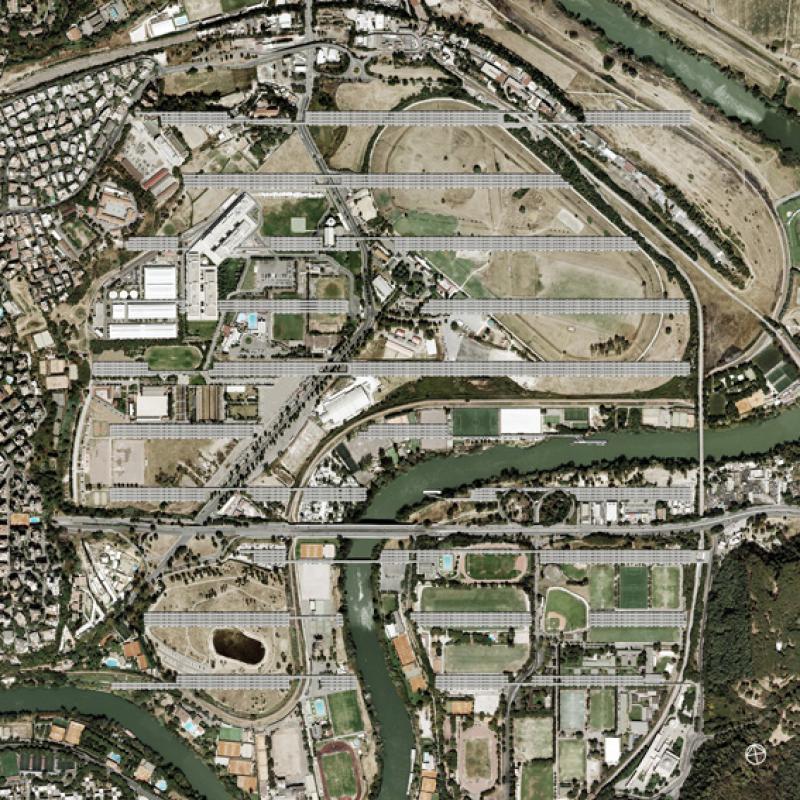
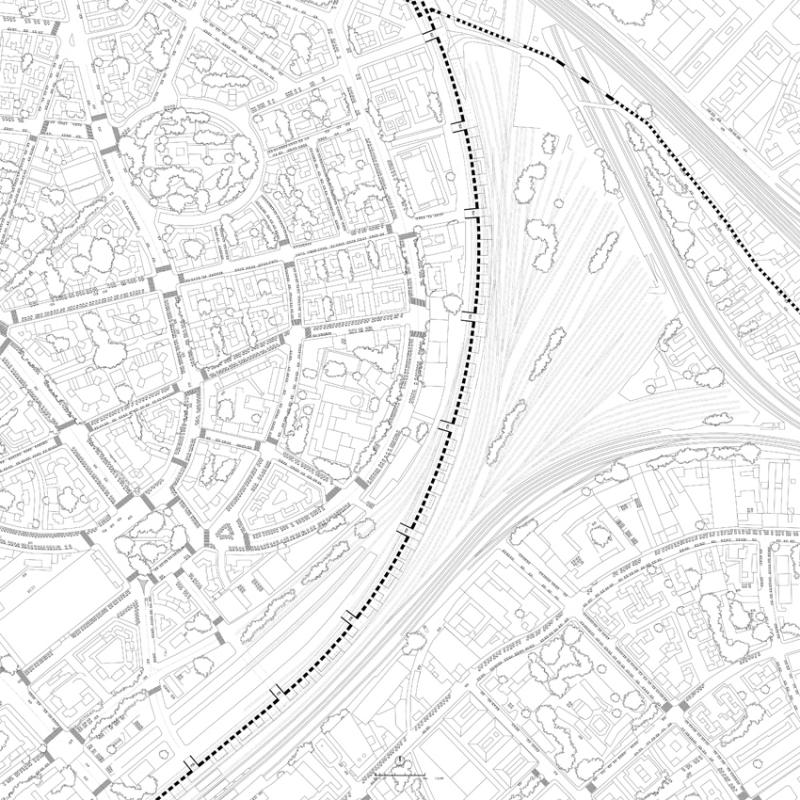
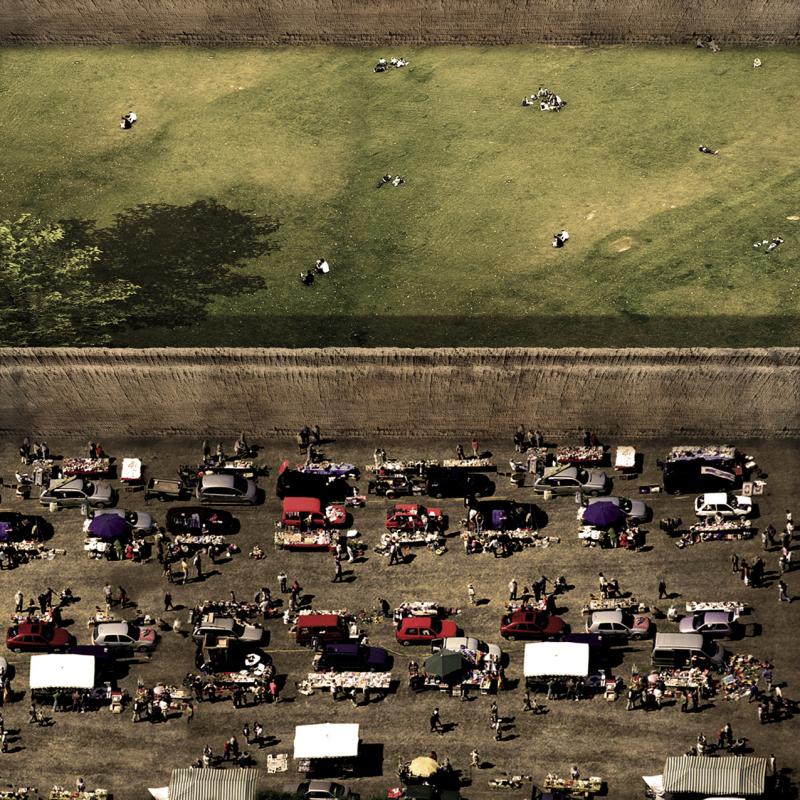
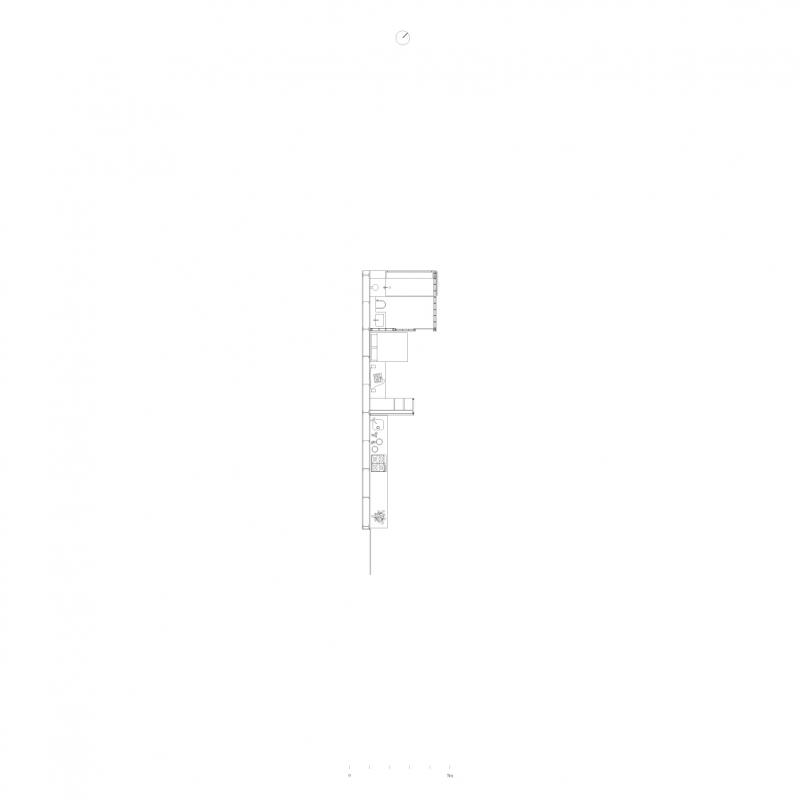
.jpeg)

